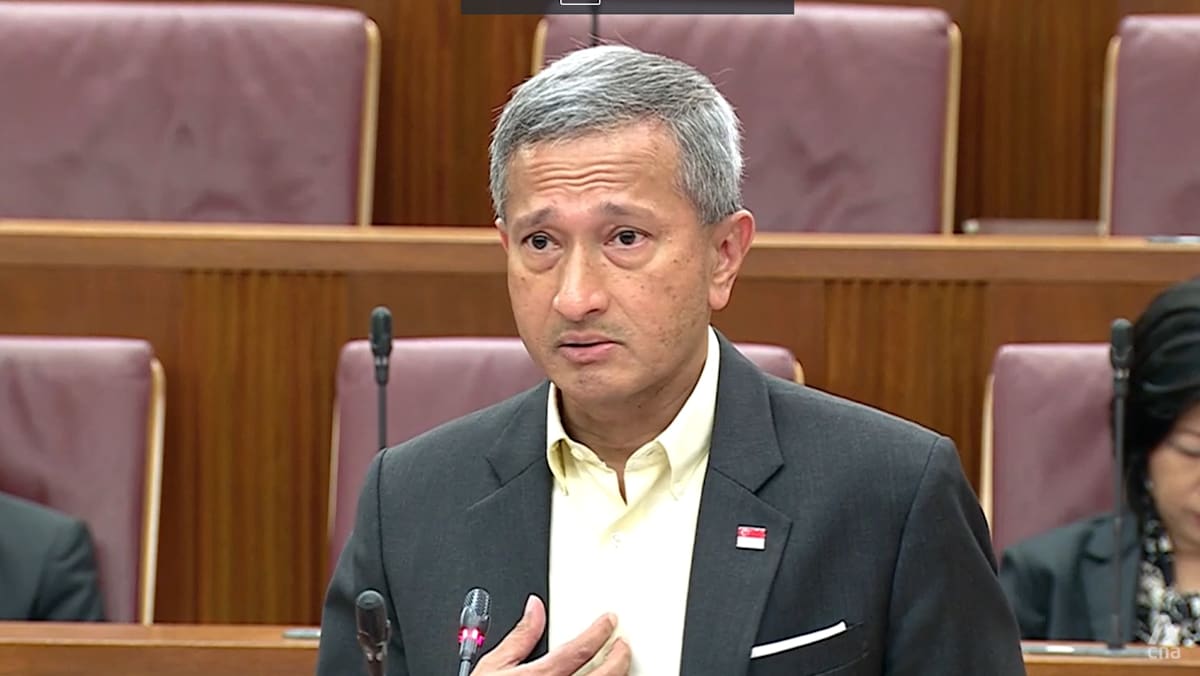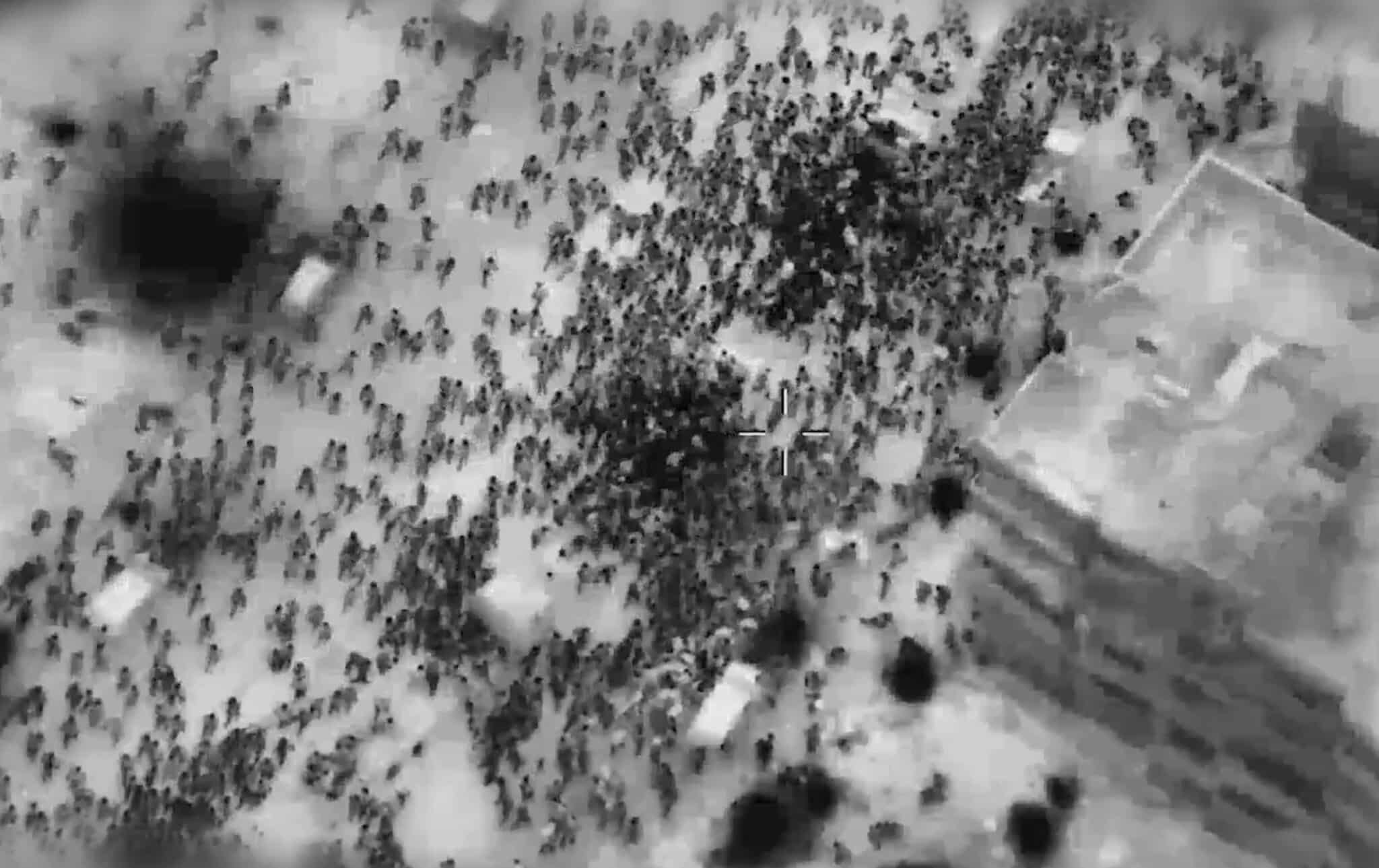Egyptian driver complains of being attacked for bringing aid to Gaza. It is more difficult to find footage of aid trucks coming in that aren't being pelted with rocks, than ones that do.
While it does discourage drivers from volunteering for this job, I'm sure there are still plenty who are willing to go in nonetheless. Yet aid deliveries are an increasingly difficult task. As Gazans return to the north, so are Hamas and other armed gangs who have an interest in violently stealing the aid for themselves. This complexity is likely what caused the west to shift more toward airdrops.
An IDF drone broadcasting messages to the people in Gaza. I haven't seen this before.
I'm sure this video was posted for the laughs but I think it demonstrates well the average depth of Hamas tunnels, which contributes to the difficulty of locating and mapping them:
When holding an area and seemingly "ending" a maneuver, one of the first things lost is a sense of initiative. A static force is an easy target. This is a lesson the IDF learned, or should have learned, during its operations in the security belt in Lebanon between 1985-2000.
It is therefore encouraging to see the IDF maintains the initiative even in such areas. Admittedly, Khan Younis is still the "hottest" area. The 98th division is a light division consisting of para, commando, and fire brigades.
Together with the IAF they reportedly conducted strikes on 50 Hamas targets in 6 minutes. Swift action is destabilizing, and destabilizing action prevents Hamas's reorganization and a coherent C2. What Gaza veterans often talk about regarding the operation is how central is the effort to deny Hamas any C2 capabilities.


www.channelnewsasia.com


